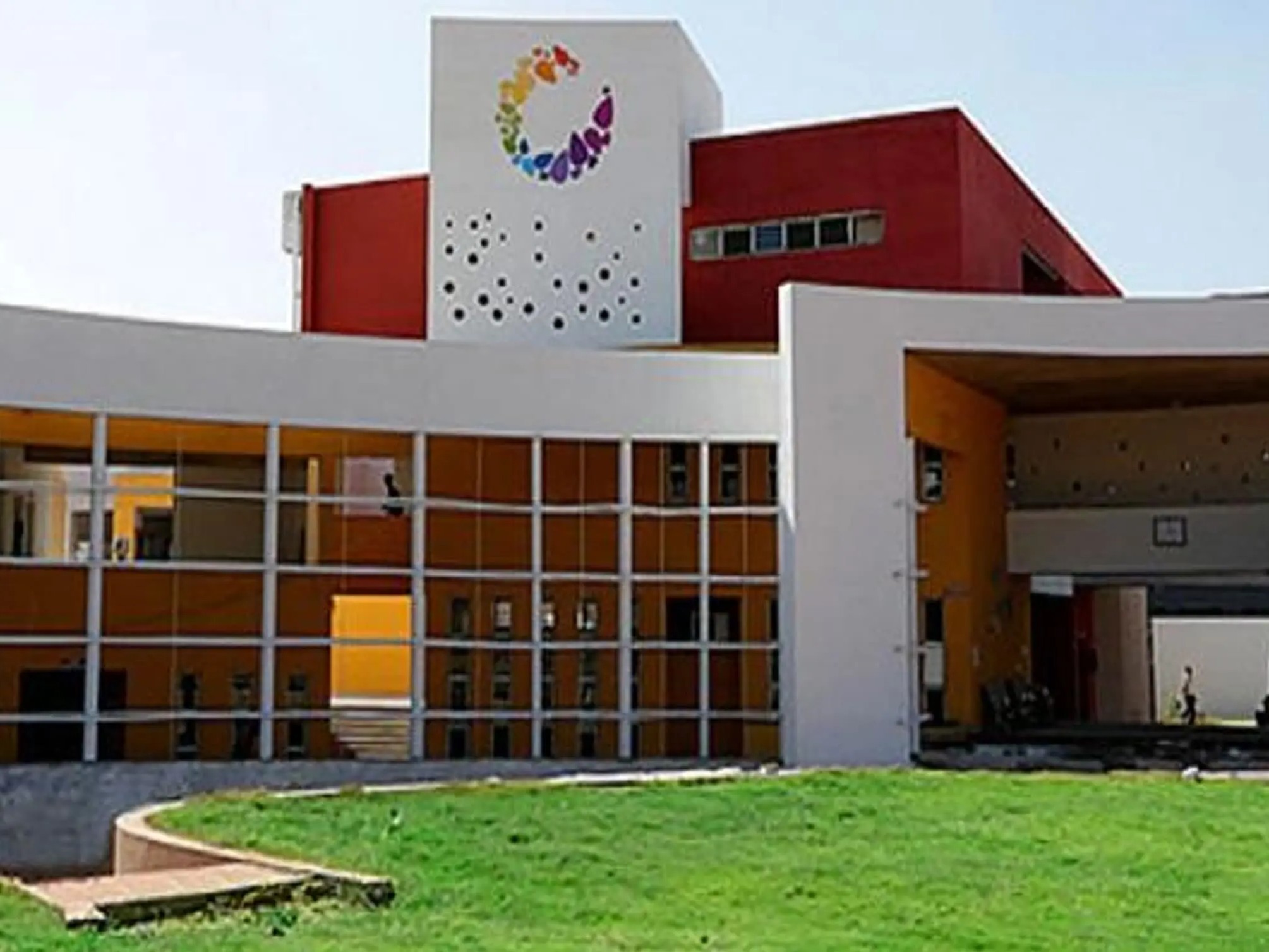Moulshri Mohan was an excellent student at one of the top private high schools in New Delhi. When she applied to colleges, she received scholarship offers of $20,000 from Dartmouth and $15,000 from Smith. Her pile of acceptance letters would have made any ambitious teenager smile: Cornell, Bryn Mawr, Duke, Wesleyan, Barnard and the University of Virginia.
But because of her 93.5 percent cumulative score on her final high school examinations, which are the sole criteria for admission to most colleges here, Ms. Mohan was rejected by the top colleges at Delhi University.
"Daughter now enrolled at Dartmouth!" her mother, Madhavi Chandra, wrote, updating her Facebook page. "Strange swings this admission season has shown us. Can't get into DU, can make it to the Ivies."
Ms. Mohan, 18, is now one of a surging number of Indian students attending American colleges and universities, as competition in India has grown formidable, even for the best students. With about half of India's 1.2 billion people under the age of 25, and with the ranks of the middle class swelling, the country's handfuls of highly selective universities are overwhelmed.
Another student, Ms. Sachdeva, 19, graduated from Delhi Public School in 2010, with a 94.5 percent exam score, was rejected at St. Stephen's, one of the top colleges atDelhi University due to high cutoff marks. She decided to take a year off and work as an intern at a nonprofit group affiliated with the World Health Organization, while applying to American universities. But for some students, it is not merely the competition that drives them to apply to study in the United States. It is also the greater intellectual freedom of an American liberal arts education. "If somebody majors in English here, it's like, 'O.K., she'll get married,' " said Ms. Sachdeva, who is attending the University of Chicago this fall and is planning to major in economics with a minor in creative writing.
This summer, Delhi University issued cutoff scores at its top colleges that reached a near-impossible 100 percent in some cases. The Indian Institutes of Technology, which are spread across the country, have an acceptance rate of less than 2 percent and that is only from a pool of roughly 500,000 who qualify to take the entrance exam, a feat that requires two years of specialized coaching after school.
"The problem is clear," said Kapil Sibal, the government minister overseeing education in India, who studied law at Harvard. "There is a demand and supply issue. You don't have enough quality institutions, and there are enough quality young people who want to go to only quality institutions."
American universities and colleges have been more than happy to pick up the slack. Faced with shrinking returns from endowment funds, a decline in the number of high school graduates in the United States and growing economic hardship among American families, they have stepped up their efforts to woo Indian students thousands of miles away.
Representatives from many of the Ivy League institutions have begun making trips to India to recruit students and explore partnerships with Indian schools. Some have set up offices in India, partly aimed at attracting a wider base of students. The State Department held a United States-India higher education summit meeting on Thursday at Georgetown University to promote the partnership between the countries.
Indians are now the second-largest foreign student population in America, after the Chinese, with almost 105,000 students in the United States in the 2009-10 academic year, the last for which comprehensive figures were available. Student visa applications from India increased 20 percent in the past year, according to the American Embassy.
Now, not only wealthy Indian families send their children to the best American schools but the idea is beginning to spread to middle-class families, for whom Delhi University has always been the best option.
Source: The New York Times
More news about Delhi University
Admission Notification: FMS, Delhi University’s full-time MBA & Ph.D programmes
Admission Notification: Delhi University- Masters of Business Economics and Finance Control
4 Tips for Survival in Delhi University
Frequently Asked Questions
Sorem ipsum dolor sit amet consectur adipiscing elit sed eius mod nt labore dolore magna aliquaenim ad minim sorem ipsum dolor sit amet consectur adipiscing elit sed eius modam.
Sorem ipsum dolor sit amet consectur adipiscing elit sed eius mod nt labore dolore magna aliquaenim ad minim sorem ipsum dolor sit amet consectur adipiscing elit sed eius modam.


